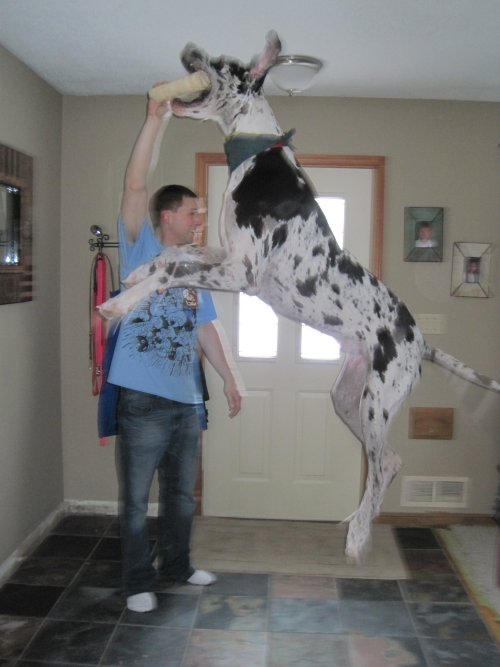Tuesday
Oct022012
Relationships and Vet School
 Tuesday, October 2, 2012 at 06:00AM
Tuesday, October 2, 2012 at 06:00AM Entry, Life as a Vet Student Category
Kaitlin Lonc, Michigan State University
On Thanksgiving Day 2011, my wonderful boyfriend popped the question and I said yes. On the Monday after, I almost failed my pathology exam because I got so distracted by the shiny new ring on my finger. My brain: Caseous necrosis?!? Ooh…. shiny!
Vet school and relationships? I’d like to think I’ve got it down but little did I know how stressful planning a wedding and taking classes would truly be! An average day in my life consisted of going to class from 8am to 5pm, then to our pre-marital counseling, then the homework began for the next day.
I can’t say that I did it alone though-for example, the DIY invitations that seemed like such a good idea until I realized they needed to be sent out during my final exams were promptly dumped on my poor fiancé, who recruited his friends to come over one night and put 150 address labels on envelopes.
So what did this experience teach me? In a word, vet school + relationships=balance. You need to realize you can’t do it all. And sometimes you really do need to put family first. The studying will take care of itself if you truly want to carve out that time so that you can be with your loved ones. It’s like that old rock/sand/jar analogy- you gotta put the big ones in first.
And sometimes, you just have to learn to let go… you can’t please everyone. You need to ask for help sometimes, and be able to say no. And let your family know that you’re going through a stressful time and that you’re doing the best you can to make everyone happy (sorry family). And just remember, in a few short years it will all be over, so make the best of vet school while you can.
| Comments Off



